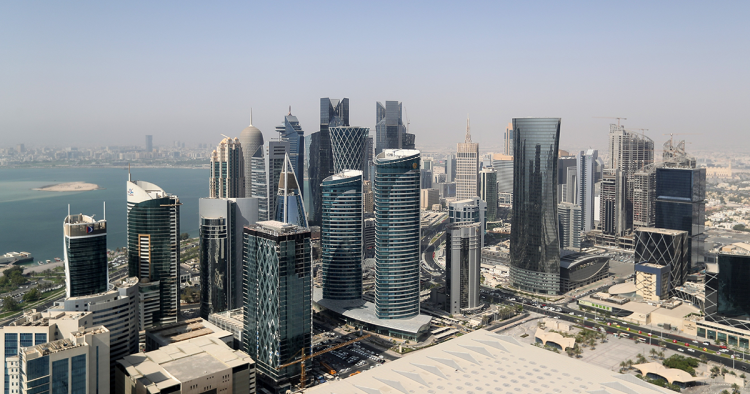As the effects of global warming intensify, Gulf cities are building resilience against climate change through bold infrastructure upgrades, green innovation, and global partnerships. Once seen as vulnerable due to extreme heat and reliance on fossil fuels, cities like Dubai, Riyadh, Doha, and Abu Dhabi are now leading the charge toward climate sustainability in the Middle East.
In 2025, their transformation is not just a necessity—it’s a model for other rapidly urbanizing regions across the globe.
Why Climate Resilience Matters for Gulf Cities
Extreme Climate and Urban Expansion
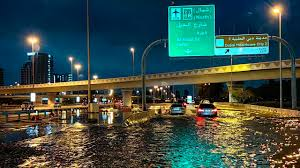
The Gulf region is known for its harsh environment: high temperatures, low rainfall, and frequent sandstorms. Climate change is worsening these challenges, leading to:
- Hotter summers with temperatures soaring beyond 50°C
- Water scarcity in already arid regions
- Sea-level rise threatening coastal infrastructures
- Energy demand spikes due to increased cooling needs
This makes climate resilience not just an environmental goal but a survival strategy.
1. Green Building Codes and Energy-Efficient Infrastructure
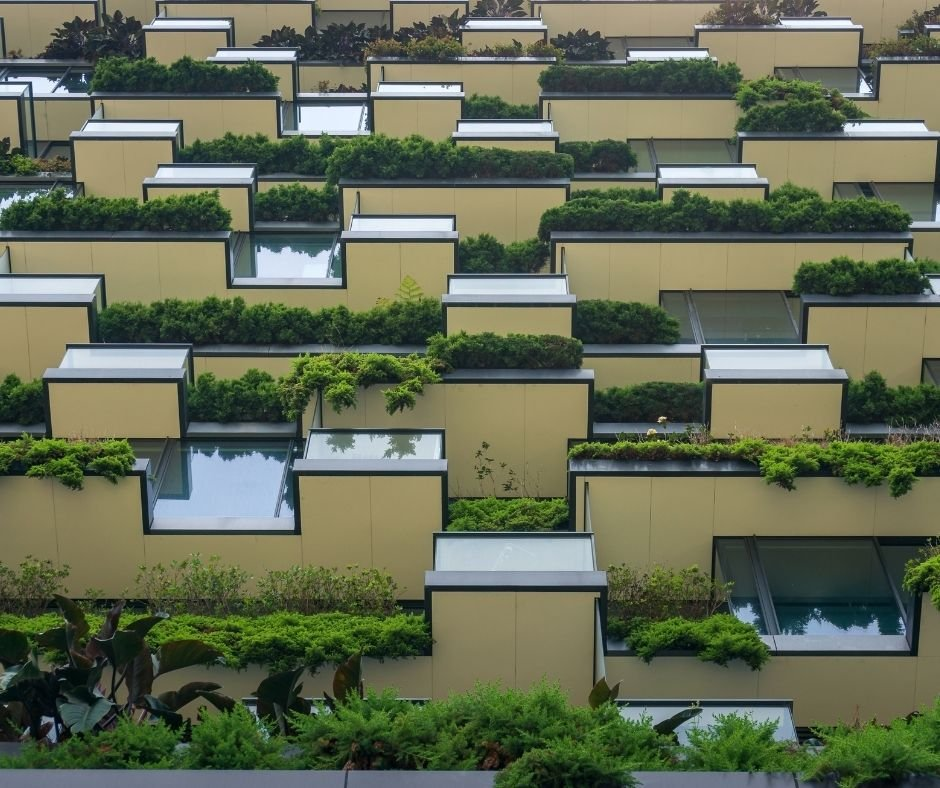
Cities like Dubai and Abu Dhabi have updated their building codes to require sustainable construction methods. Developers must now use materials that reduce energy consumption and increase insulation.
Key Initiatives:
- Masdar City in Abu Dhabi, a planned eco-city running on solar energy
- Dubai Green Building Regulations, making all new government buildings eco-certified
- Energy-efficient retrofitting of older buildings across urban districts
2. Investment in Renewable Energy Projects
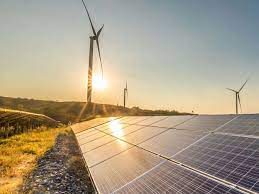
To cut carbon emissions, Gulf nations are moving away from oil dependency. They are investing heavily in solar and wind energy, aligning with their Vision 2030 and 2050 goals.
Highlights:
- Mohammed bin Rashid Al Maktoum Solar Park (UAE): One of the largest in the world
- Neom’s Helios Green Fuels Project (Saudi Arabia): Focused on green hydrogen
- Qatar’s Siraj Energy Project, contributing 800MW to the national grid
These mega-projects aim to supply clean energy while generating green jobs.
3. Urban Greening and Cooling Projects

Green spaces help reduce the urban heat island effect. Gulf cities are investing in urban forestry, vertical gardens, and rooftop greenery.
Examples:
- Riyadh Green Initiative, aiming to plant 7.5 million trees
- Qatar’s Green Belt Project, linking desert ecosystems with urban areas
- Smart irrigation systems using treated wastewater to maintain public parks
These projects also improve air quality and enhance residents’ quality of life.
4. Water Desalination and Conservation Technologies
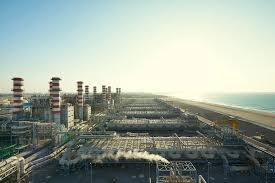
Water scarcity is a long-standing issue in the Gulf. New desalination plants are now powered by renewable energy, and water conservation policies are being enforced.
Key Innovations:
- Reverse osmosis desalination for lower energy consumption
- Water-saving appliances mandated in residential and commercial buildings
- Smart meters tracking water usage and leakage in real-time
These actions reduce environmental stress while ensuring water security.
5. Flood Management and Coastal Protection
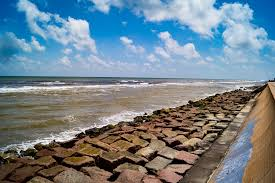
With rising sea levels, coastal cities like Doha and Dubai are at high risk. Authorities are strengthening infrastructure to prevent flooding and saltwater intrusion.
Action Points:
- Coastal barriers and sea walls under construction
- Underground drainage systems in high-risk zones
- Natural mangrove restoration to serve as ecological buffers
These measures protect both real estate and critical services from future climate events.
6. Smart City Technologies and Data-Driven Decisions
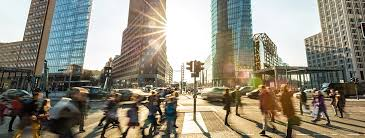
Digital technologies are central to climate resilience in Gulf cities. Governments are using AI, IoT, and big data to monitor air quality, water levels, and energy consumption.
Smart Strategies:
- Real-time pollution control in Kuwait City and Dubai
- Predictive analytics for energy grids and water systems
- Urban climate dashboards accessible to the public
This data allows for quick responses and long-term strategic planning.
7. Global Partnerships and Climate Pledges
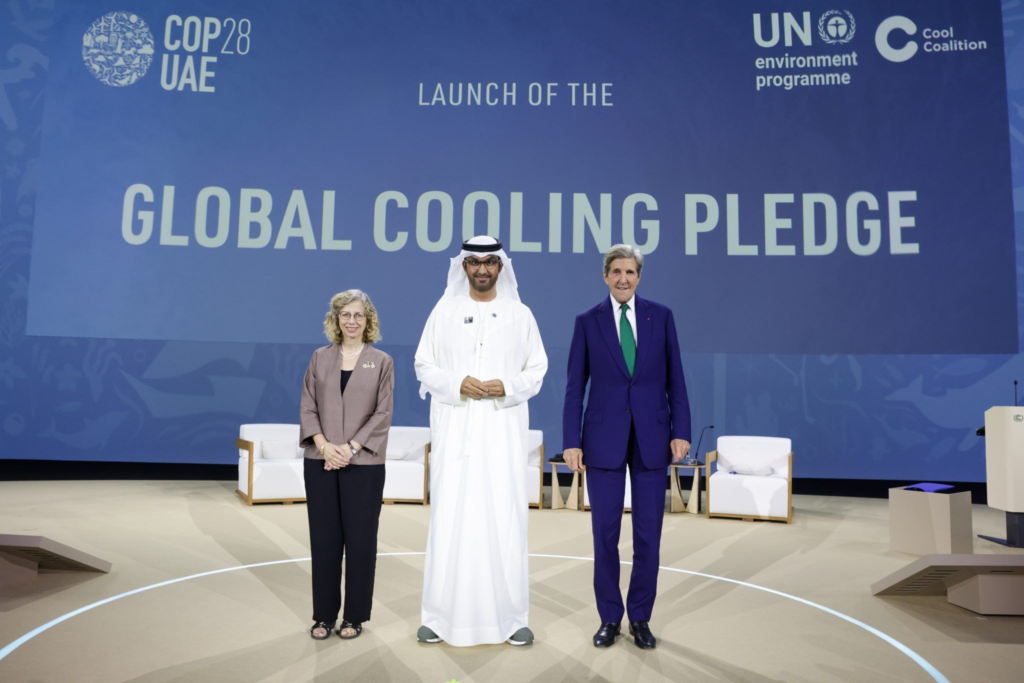
Gulf countries are engaging more with international climate frameworks and collaborations. They have pledged toward Net Zero targets, while hosting and participating in major climate conferences.
Recent Developments:
- UAE hosting COP28 to showcase regional action
- Saudi Arabia’s Middle East Green Initiative, involving 20+ countries
- Active collaboration with the UNFCCC and World Bank Climate Funds
These partnerships bring funding, knowledge, and accountability.
Challenges Still Ahead
Despite progress, Gulf cities face tough challenges:
- Overcoming dependency on oil revenue
- Ensuring climate justice for migrant laborers and low-income communities
- Adapting to unpredictable weather patterns
However, continued investment and political will can drive further change.
Conclusion: A Model for Desert Urbanism
How Gulf Cities Are Building Resilience Against Climate Change reflects a remarkable shift in regional policy, planning, and innovation. These cities are proving that even the hottest, driest places on Earth can build sustainable futures.
By 2025, their climate response is no longer reactive—it is proactive, visionary, and globally relevant.
read more- The Rise of Digital Art and NFTs: 5 Positive Trends in 2025

